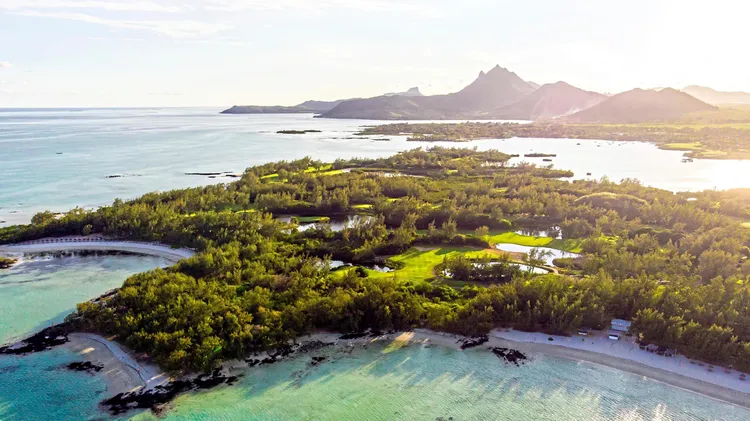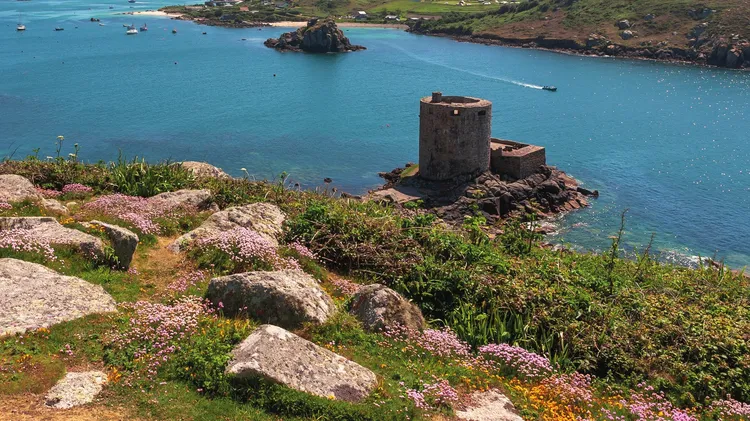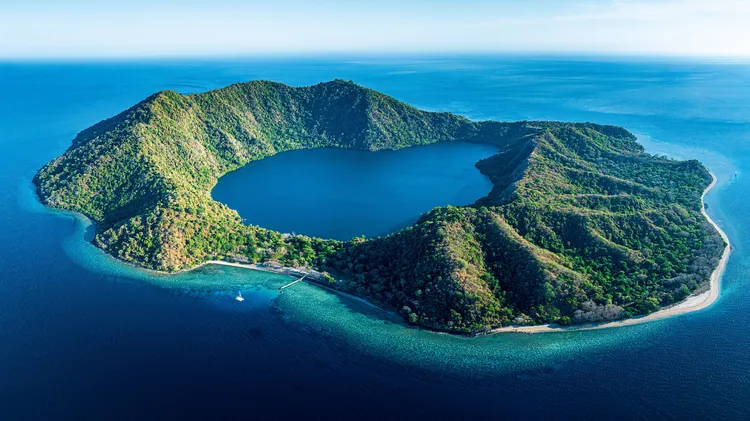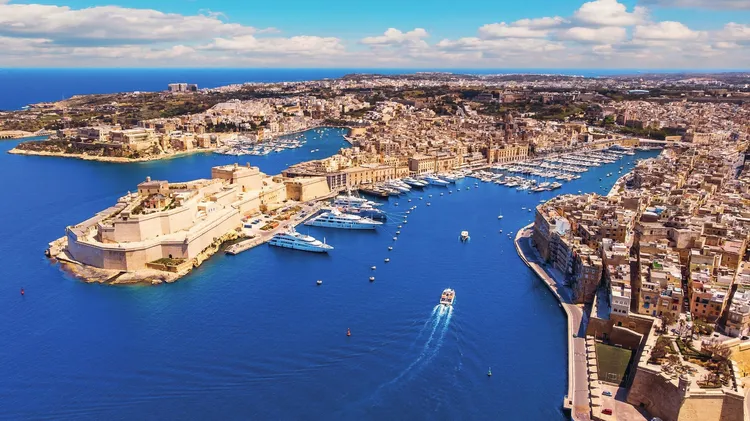Jenevora Swann narrates an adventurous trip to the Tuamotus in the heart o
Adventureplayground
10 min read
This article is from...
Read this article and 8000+ more magazines and newspapers on Readly






